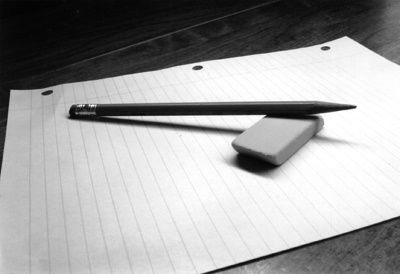All Nonfiction
- Bullying
- Books
- Academic
- Author Interviews
- Celebrity interviews
- College Articles
- College Essays
- Educator of the Year
- Heroes
- Interviews
- Memoir
- Personal Experience
- Sports
- Travel & Culture
All Opinions
- Bullying
- Current Events / Politics
- Discrimination
- Drugs / Alcohol / Smoking
- Entertainment / Celebrities
- Environment
- Love / Relationships
- Movies / Music / TV
- Pop Culture / Trends
- School / College
- Social Issues / Civics
- Spirituality / Religion
- Sports / Hobbies
All Hot Topics
- Bullying
- Community Service
- Environment
- Health
- Letters to the Editor
- Pride & Prejudice
- What Matters
- Back
Summer Guide
- Program Links
- Program Reviews
- Back
College Guide
- College Links
- College Reviews
- College Essays
- College Articles
- Back
Thomas Paine
During the colonial period of America, there were many influential people in the creation of this great nation. One of the most influential people was an English-American political activist and journalist. In Thomas Paine’s article, “The American Crisis: Number 1”, he convinces the loyalist population in the colonies to rebel against British rule and fight for independence in the American Revolution. Paine has ordinary writing style for his time by writing long sentences and using a simple format. Paine’s writing style is defined by the use of several examples of figurative language, sentence length and structure, and different rhetorical strategies used to persuade his audience.
The figurative language that Paine uses in his writing creates emphasis on certain points of his arguments. Paine uses similes to describe the difficulty of overcoming the rule of the British monarch by saying, “tyranny, like hell, is not easily conquered” (Paine 108). He uses the simile to emphasis that the rebelling against the British will not be an easy task. He also uses a simile to confirm his point of view by saying, “my own line of reasoning is to myself as straight and clear as a ray of light” (Paine 110). He shows his audience he is strongly defending his actions. Paine also uses personification to emphasize his point by saying, “America did not, nor does not want force; but she wanted a proper application of that force” (Paine 109). Paine compares America to a person and emphasizes how America does not want to be ruled. Thomas Paine creates a very strong argument by his use of figurative language.
Similar to various other writers and journalists during the colonial period, Thomas Paine uses excessively long sentences. His sentences show the writing style of the colonial era especially when he says, “I once felt all that kind of anger, which a man ought to feel… in my day” (Paine 108). The sentence contained ninety-three words which is extremely long compared to the modern writing style. Also the sentence structure shows the level of education. He says, “I turn with the warm ardor of a friend to those who have nobly stood, and… at stake” (Paine 110). In the quote, Paine shows his high level of education by his use of compound-complex sentence structure. He uses ten punctuation marks to combine several different clauses into one sentence. Paine has very average writing style for his time period which is shown by his sentence structure.
Paine’s use of rhetorical strategies is very important in his strive of persuading his audience. His use of pathos is very crucial in his argument. He says “the blood of his children will curse his cowardice” (Paine 110). He uses pathos to gain emotional appeal from his audience, so they will be obligated to take his position. Another example of pathos is shown when he says “if a thief breaks into my house, burns and destroys my property…” (Paine 110). Paine again uses emotional appeal to persuade his audience. Thomas Paine has uses a very effective use of rhetorical strategies in his article.
Thomas Paine made a very valid and powerful argument with his article “Crisis: Number 1”.Through Paine’s use of rhetorical strategies and figurative language, he makes an extremely effective and persuasive argument. Paine’s article had a big impact on the ratio of loyalists to patriots by convincing the loyalists and others to be a part of the Patriots. Paine’s article gave the motivation to rebel and gain importance.
Work Cited
Paine, Thomas. “The American Crisis: Number 1.” Elements of Literature Fifth Course. Holt, Rinehart, Winston. Atlanta: Harcourt Brace & Company, 1997. 108-111. Print.

Similar Articles
JOIN THE DISCUSSION
This article has 0 comments.
